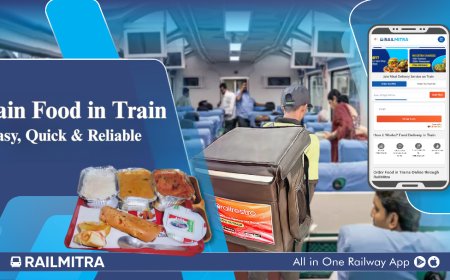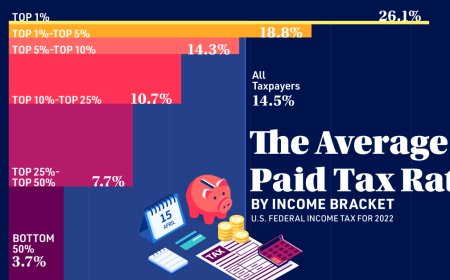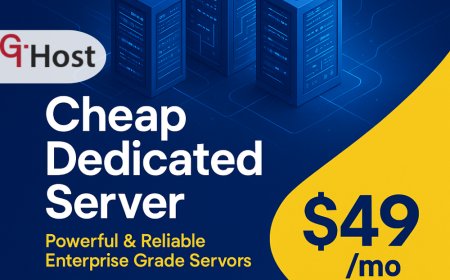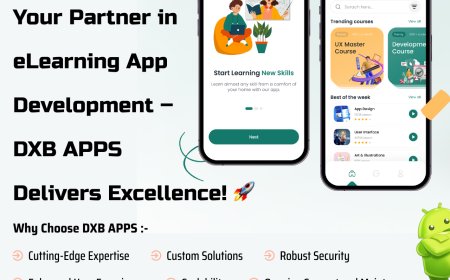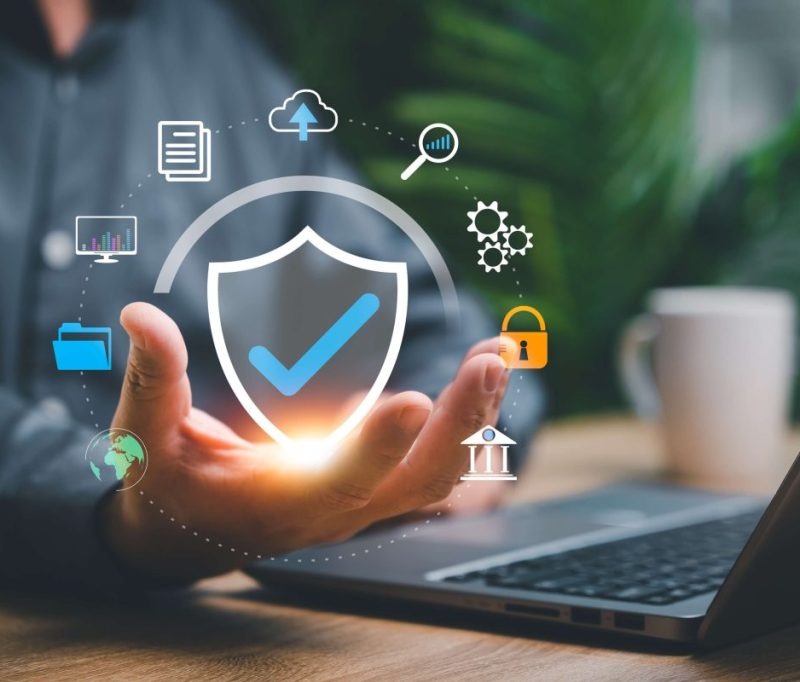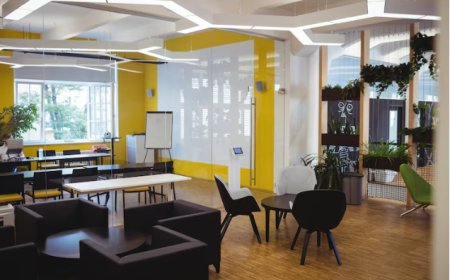What are the Common Challenges Students Face When Using an LMS?
Students often face challenges like poor mobile access, confusing interfaces, lack of tool integration, and limited instructor feedback when using an LMS, affecting their learning experience and overall academic success.

In todays digital-first education environment, the LMS Learning Management System has become a vital tool for schools, colleges, and universities. Whether used in classrooms or for fully online programs, LMS platforms help students access learning materials, complete assignments, and interact with instructors. However, despite the many advantages, students often encounter several challenges when using these systems.
Understanding these issues is essential for educators, institutions, and developers to improve user experience and ensure that LMS for Higher Education is truly effective. Lets explore the most common challenges students face when using an LMS and how these can be addressed.
1.Technical Difficulties and Usability Issues
One of the primary challenges students face is navigating complex LMS interfaces. Many LMS Learning Management Systems are not designed with students in mind and may include complicated menus, unclear instructions, or a poor user experience.
Students may find it difficult to:
-
Locate course materials
-
Submit assignments correctly
-
Participate in discussion forums or quizzes
Moreover, students with limited digital literacy or those using the LMS Mobile App for the first time may find the learning curve steep. A lack of intuitive design can turn a helpful tool into a frustrating experience.
2.Poor Mobile Experience
In a world where mobile devices are a part of everyday life, a poorly optimized LMS Mobile App can significantly hinder student productivity. Many students rely on their smartphones to access course content, especially those without regular access to laptops or desktops.
Challenges include:
-
Incompatibility with certain devices
-
Limited access to all features on mobile
-
Poor loading speed or app crashes
-
Difficult navigation on small screens
A seamless mobile experience is essential to ensure that students can engage with their courses anytime, anywhere.
3.Lack of Integration with Other Tools
Students often use various platforms such as Google Drive, Microsoft Teams, or third-party video conferencing tools like Zoom. When the integration with LMS system is poor or non-existent, it creates a fragmented learning experience.
For instance:
-
Students may need to log in to multiple platforms separately
-
Files may not sync properly between systems
-
Grades or feedback may not be visible in real-time
An LMS that integrates smoothly with other essential tools can save time and reduce frustration for both students and instructors.
4.Limited Communication and Feedback
Another major challenge in LMS usage is the lack of real-time interaction with instructors and peers. LMS for Higher Education must support active communication, but many systems fall short in providing timely and effective feedback mechanisms.
Students may struggle with:
-
Delays in receiving assignment grades
-
Minimal feedback on submissions
-
Confusing forum threads or missed announcements
Without effective communication features, students can feel isolated or disconnected from their learning community, which can impact motivation and engagement.
5.Inconsistent Use by Instructors
The effectiveness of any LMS depends not just on its features, but also on how instructors use it. Unfortunately, inconsistency in course structure and material upload among different faculty members can create confusion.
Students often report issues like:
-
Some courses having well-organized modules, while others are chaotic
-
Inconsistent file naming and formatting
-
Varying communication standards between courses
Standardizing LMS practices across departments or providing training for instructors can significantly improve the student experience.
6.Internet Connectivity Issues
Reliable internet access is still a challenge for many students, especially those in remote or underserved regions. An LMS that heavily relies on continuous internet connectivity can become a barrier to learning.
Common issues include:
-
Inability to stream lecture videos
-
Trouble downloading large files
-
Missed quizzes due to connectivity dropouts
Offline access options or downloadable materials can help mitigate this problem and make LMS Learning Management System more accessible to everyone.
7.Overwhelming Notifications and Deadlines
Many LMS platforms bombard students with alerts, announcements, and due date reminders. While staying informed is crucial, an overload of notifications can cause stress and anxiety.
Students may find it hard to:
-
Prioritize tasks efficiently
-
Track deadlines across multiple subjects
-
Avoid missing important updates due to cluttered dashboards
Smart filtering of alerts and customizable notification settings in the LMS Mobile App can help students stay organized without feeling overwhelmed.
8.Lack of Personalization
Every student learns differently, but many LMS for Higher Education systems lack features that adapt to individual learning styles or preferences. Fixed formats, rigid schedules, and non-interactive content can make the experience monotonous.
Students benefit more when LMS platforms offer:
-
Personalized learning paths
-
Progress tracking dashboards
-
Interactive or multimedia-based lessons
Incorporating personalization and gamified learning can increase motivation and engagement.
9.Data Privacy and Security Concerns
With an increasing number of cyber threats, students are becoming more conscious of how their personal data is handled. An LMS Learning Management System must be transparent about data collection and offer robust security features.
Challenges may include:
-
Unclear data sharing policies
-
Weak password security
-
Unauthorized access to grades or personal files
Institutions must prioritize cybersecurity and ensure students feel safe using the platform.
Conclusion: Enhancing LMS for a Better Student Experience
Despite its transformative potential, an LMS is only as effective as its usability. Addressing the above challenges is key to unlocking the full power of digital learning. Whether its improving the integration with LMS system, designing a better LMS mobile app, or streamlining communication tools, every improvement goes a long way in supporting student success.
Institutions and developers must work collaboratively with students to gather feedback and implement meaningful changes. With thoughtful enhancements and inclusive design, the LMS for Higher Education can truly become a powerful companion in every students academic journey.









